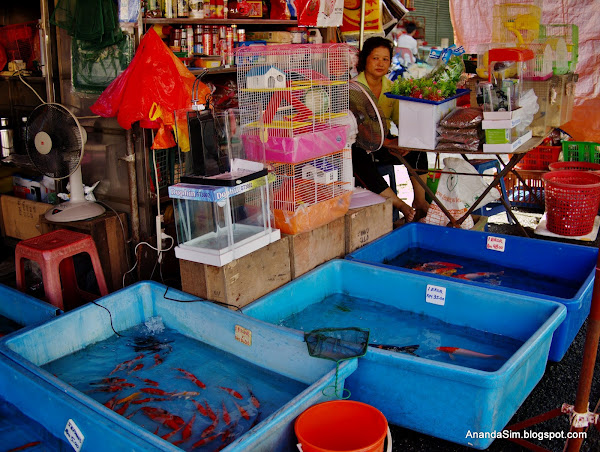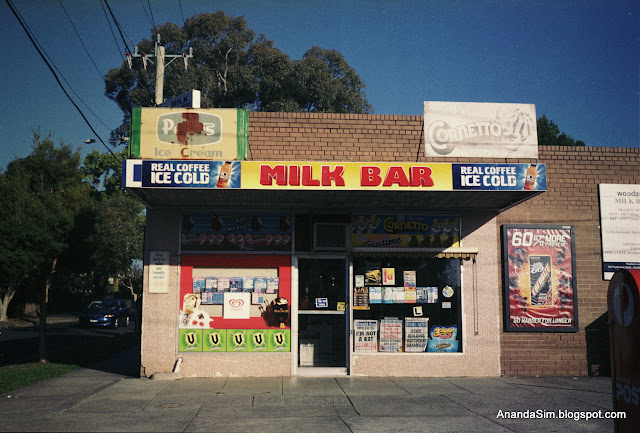We sometimes come across beginners to photography who don’t “
get it” as often as we come across newbies who take to photography like ducks to water.
- What makes a person not get it?
- What does not getting it mean? How does one tell? Obviously, the person who doesn’t get it is the one who can’t tell….
- How does one help someone see the light?
- Can you not get it and still enjoy photography?
Ming Thein on PetaPixel wrote an insightful article on
Common Photographic Mistakes. For beginners he cites:
- The missing subject
- Poor perspective use
- Being stuck in the wrong gear
But why do they do that? We know that’s what they do but why do some people do that? It is sometimes difficult for a veteran to time shift back to the days when the camera was new and experience was low.
The Missing Subject
If the subject is missing, the following could be the reasons:
- The mind might already have taken the subject as a “given” – i.e. the photographer has already sighted, understood the subject but is unaware that the guest viewers have no pre-bonding and association with the subject. For example the subject could be so small in the scene and indistinguishable from the background that everyone else can see this issue except the photographer.
- The photographer is not comfortable with camera settings and thus there is so much focus on settings and the camera, that the subject becomes completely secondary.
- The photographer is trying to juxtapose elements of the scene – that tree, that road, that leading line or pattern that the subject is visually forgotten.
Bottom line: Understand what the subject is, understand that often (guidelines are made to be broken) there is really only one primary subject and everything else is story telling and decoration (which are not unimportant, but they enhance the subject, they do not replace it).
Poor Perspective Use
Perspective with regard to the subject requires that the photographer first identify what the primary subject is and be aware that taking a photo of the subject means actually visualising what aspects of the subject – top, bottom, left side, right side, behind, overview, close-in the photographer needs to story tell.
Or rather, the difference between a photo that says “this is a picture of a man cleaning his glasses” and a photo that says “this is celebrity A cleaning his glasses in a thoughtful way as he muses on whether he should take the high road or low road” is based on story telling and perspective is part of the story telling.
You have to discover perspective. You have to move your feet with perspective and bend your knees and your waist and you neck up or down, side to side. Even if you have a zoom.
It’s way to easy for any photographer, beginner or veteran, to point the camera at the subject, optionally adjust the zoom and think “yup, that’s the shot, let’s do this”.
Way too often, we miss a much more awesome shot by just adjusting our position.
Cropping after the fact is sometimes the only technique we have to get the look that we want, but that’s an afterthought, and getting it right upstream often yields a technically higher quality image and potentially a visually more appealing angle.
Being stuck in the wrong gear
The camera not giving us the image when we click is the most common and annoying primary issue with all photographers – newbie or veteran. Why can’t all this high tech get into our head and just “
make it so” like Jean Luc Picard would enunciate?
Actually, with the passing of each year, the tech is getting there. If you are not convinced, get your hands on a match needle film SLR of the yesteryear, shoot some shots in the city of people walking around pointing into the shadow in one shot, subsequently into the bright sun in another. Use a zoom lens with variable max aperture and it complicates it even more. Use transparency film with the classic lack of tolerance of exposure stuff ups, use manual focus lenses.
Then come up and use a modern DSLR camera with automatic smart scene detection, autofocus and do the same gig and see what happens to the number of relevantly exposed, correctly focussed shots.
It’s already there.
However, it isn’t what we expect still, because we raise our expectations every year. And we expect to shoot the human form against the sun and expect the camera to
know whether we want a black silhouette or commendable flesh tones. – like as-if.
And if you came in from an auto everything camera phone or point and shoot compact, you expect the more expensive, purpose built camera to be whatever you were using, just
more better.
Really to be successful in re-creating a dish you bought take away from an excellent food outlet, you can’t say to your food replicator “make it so" - even in the notionally Utopian Star Trek, the food replicators need to be programmed to produce specific food. The same with setting up the camera to take a shot.
- You must visualise the shot
- You must de-construct the shot into the controllable elements
- You must figure out what techniques and settings in camera, in the lens choice and potentially in post processing, to re-construct the shot.
Food for thought.



















